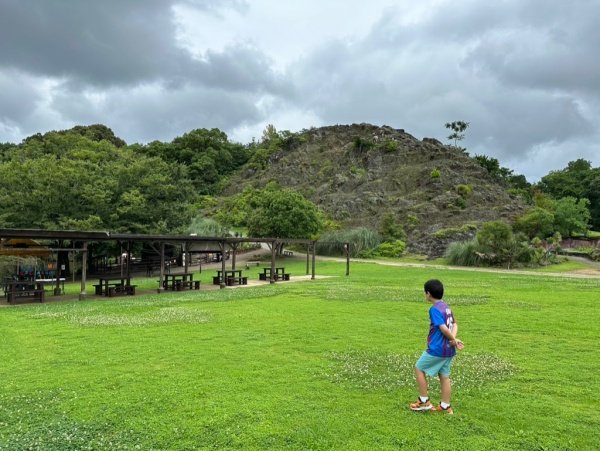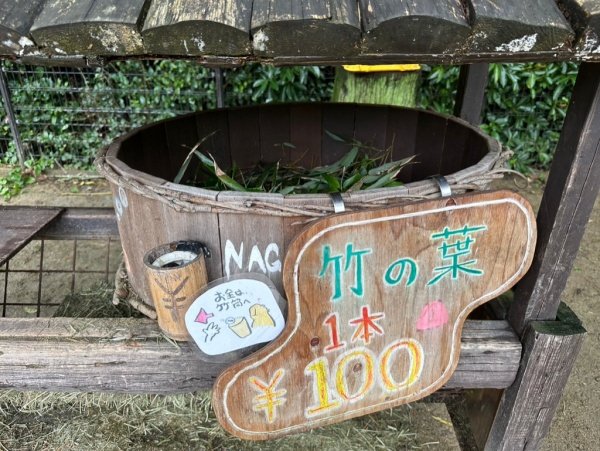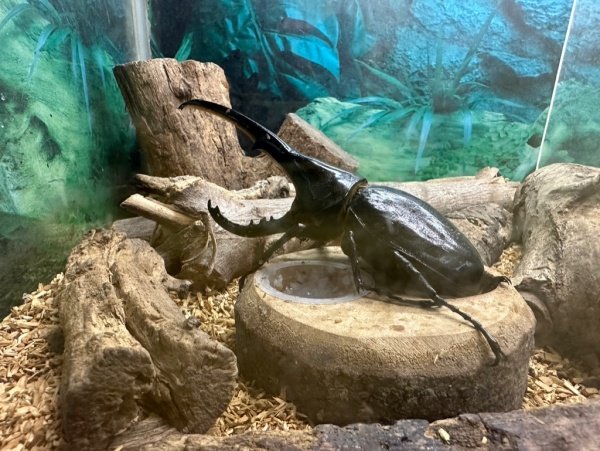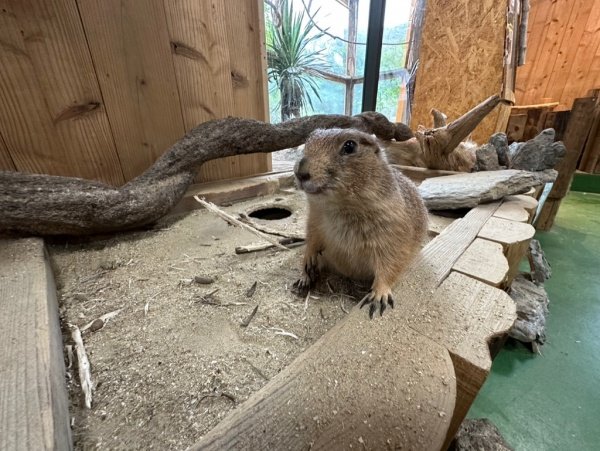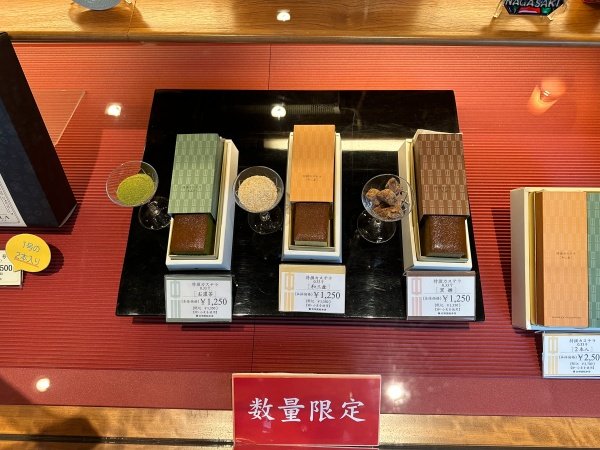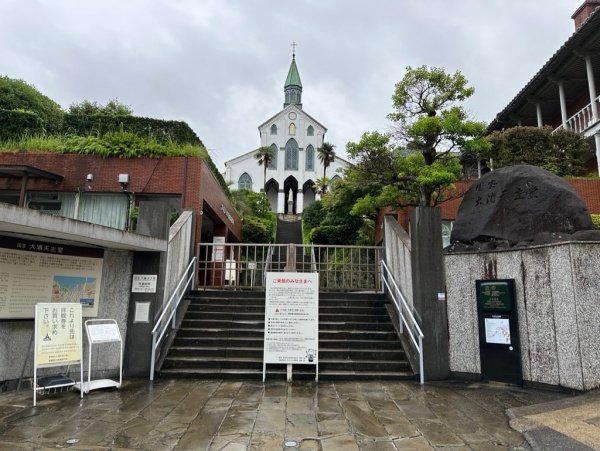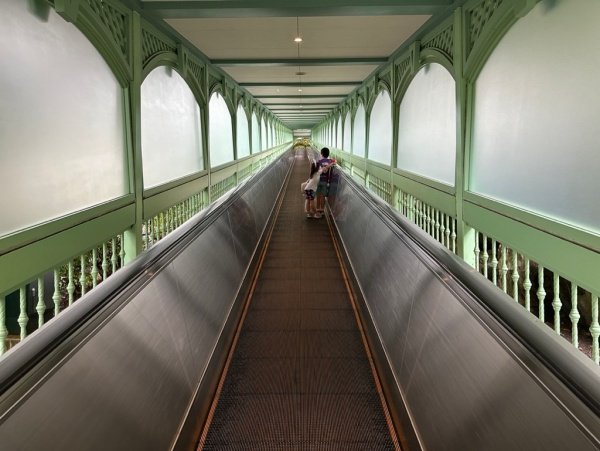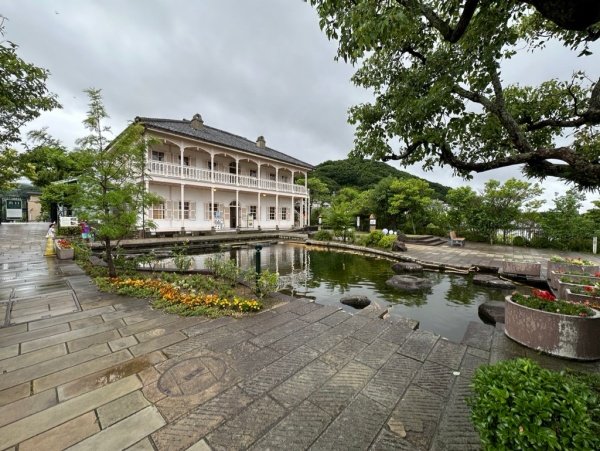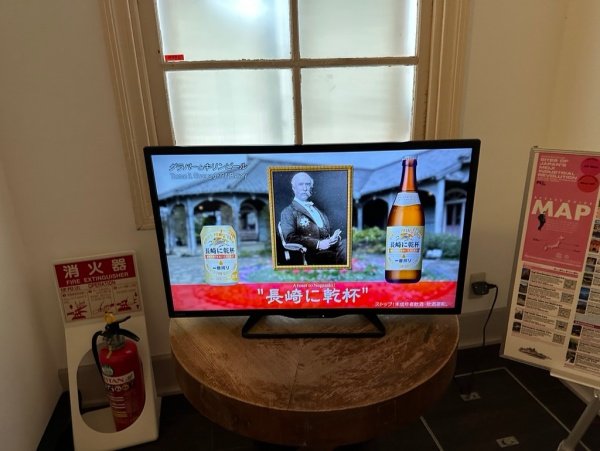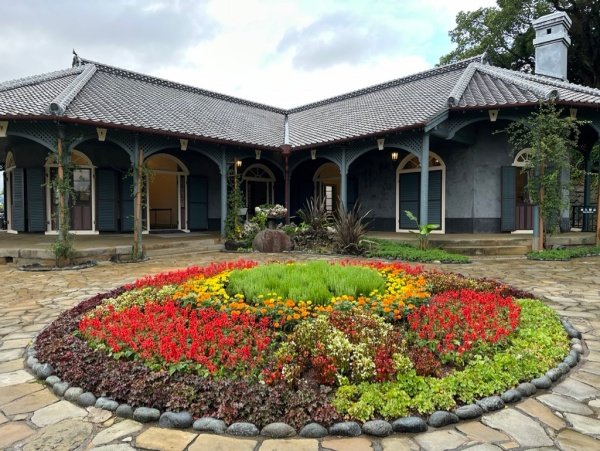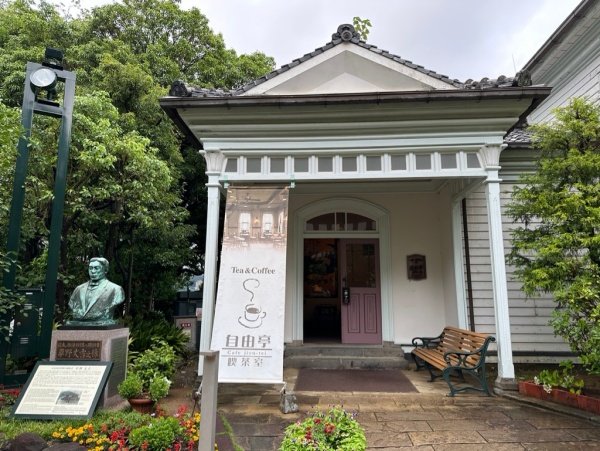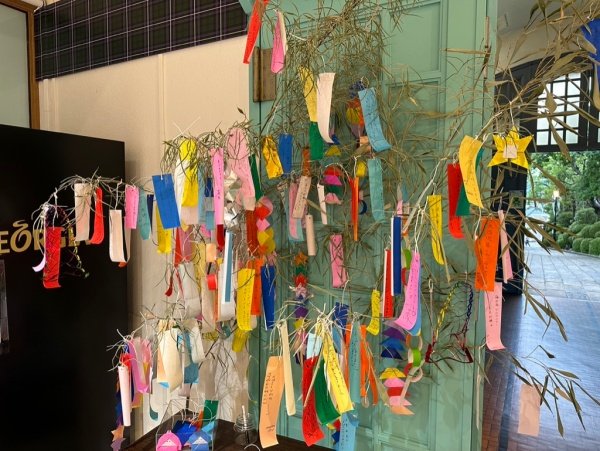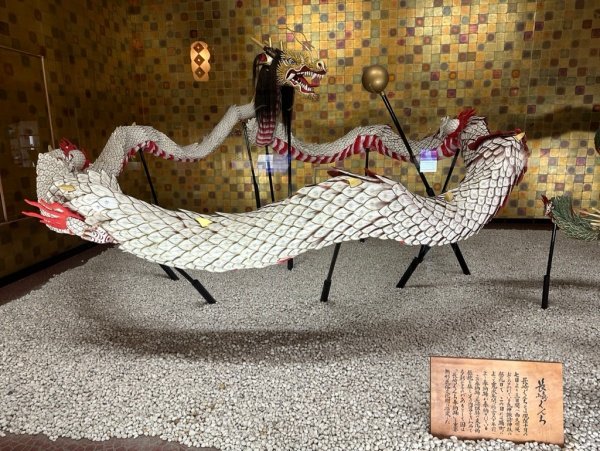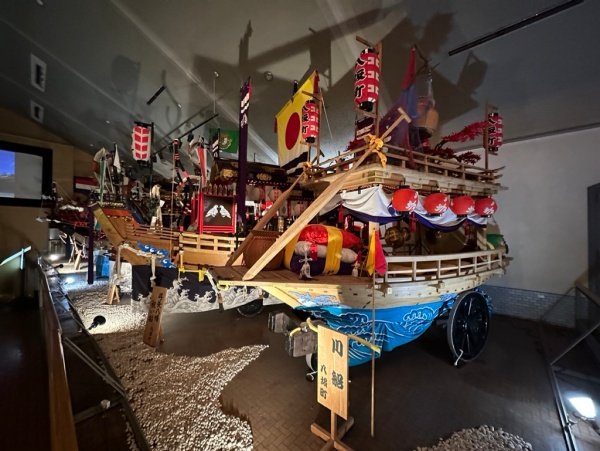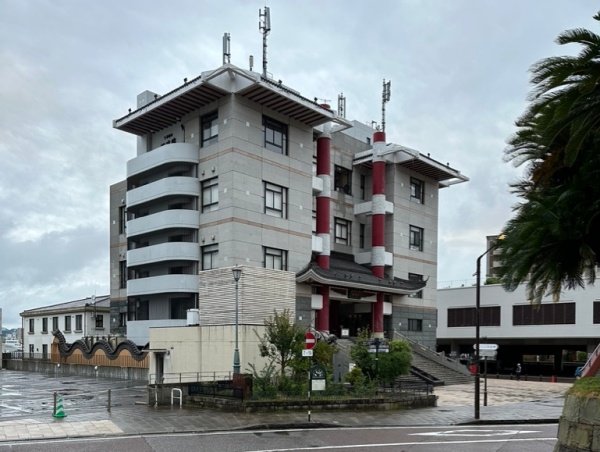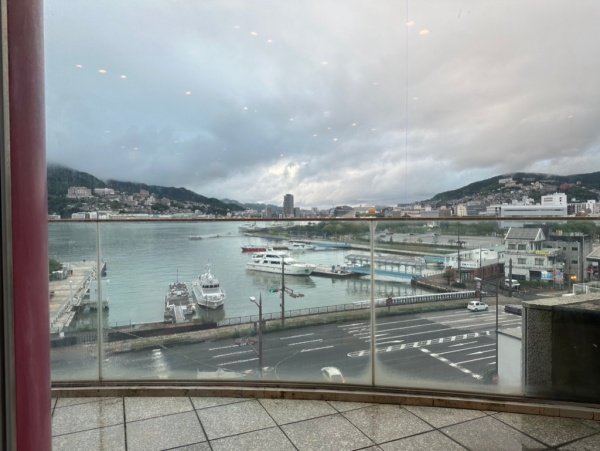Kyushu Quest Chapter 4: A Toast to Nagasaki
We’ve been enjoying Nagasaki so much, and today is another exciting day to highlight.
We left Sasebo in the morning to travel across Nagasaki, though we wished we could stay in Sasebo a little longer. It’s a picturesque city nestled along a rugged coastline dotted with over 200 islands, known as Kujukushima (99 Islands). The area offers breathtaking views and opportunities for boat tours, kayaking, and hiking, but it also houses the U.S. Navy Base and Japan Maritime Self-Defense Force facilities, adding a unique international vibe to the city.
Our first stop was the Nagasaki Bio Park, a unique and interactive zoo in Saikai City. This zoo stands out because of its open, natural environment where animals roam freely within large enclosures, allowing guests to walk among them and even feed or interact with certain species. It’s an immersive experience that fosters a deeper connection and appreciation for wildlife, making it a favorite for families and animal lovers.
We spent so much time feeding animals that we ended up spending more than the entrance fee on feeding stations scattered across the park. My daughter's favorite was the capybara. We bought so many bunches of bamboo leaves to feed them; capybaras are so funny because they’ll take the whole bunch at once, tugging at it as they fight to keep it for themselves.
My son was also thrilled to see various types of beetles, including the live Hercules Beetle, which he stared at in awe. For me, the highlight was the kangaroos. I’d never seen them so close, and the sight of the babies hopping in and out of their mothers’ pouches was adorable. I asked a zoo employee if it was safe to get so close to kangaroos, and the response was reassuring. They are generally calm and well-trained, though they can become aggressive during mating season or when protecting their young.
Late in the afternoon, we entered the city of Nagasaki, a place known outside Japan for its tragic role in World War II as the second city to be bombed by an atomic weapon. The Nagasaki Peace Park and the Atomic Bomb Museum commemorate this dark chapter while promoting peace and reconciliation. Despite its past, Nagasaki thrives with cultural landmarks such as Glover Garden, which reflects Western influence, and Oura Church, a symbol of the city’s Christian heritage. Nagasaki's unique combination of natural beauty, historical depth, and cultural influences continues to make it a fascinating destination. The city’s history as one of the only open ports for foreign trade during the Edo period created a melting pot of cultures, particularly with Dutch and Chinese traders who were confined to Dejima. This interaction brought Western ideas, technology, and goods to Japan, leaving a lasting mark on Nagasaki’s architecture, cuisine, and lifestyle. The fusion of Japanese, Chinese, and European cultures is still evident today in Nagasaki’s food, festivals, and historical sites.
Next to our hotel was Bunmeido, one of Japan’s most renowned makers of kasutera, the soft, fluffy sponge cake introduced by Portuguese missionaries in the 16th century. Based in Nagasaki, Bunmeido is synonymous with this beloved treat, known for its rich flavor, golden crust, and fine, moist texture. Kasutera became a specialty of Nagasaki due to its historical ties to European trade, and Bunmeido has preserved this heritage while modernizing production techniques. Its slogan, “文明堂のカステラ” ("Bunmeido no Kasutera"), paired with charming commercials featuring dancing bears, has made it a household name. The original Bunmeido shop in Nagasaki later issued licenses to other businesses, including one in Tokyo. So, this is the original Bunmeido as we know it. If you've tried kasutera before, you know it’s delicious, but Bunmeido takes it to a whole new level. It’s moist, not too sweet, and pairs perfectly with coffee or tea. Our kids absolutely loved it, and we ended up consuming five large boxes of Bunmeido’s kasutera during our stay in Nagasaki.
One of the key ingredients in their kasutera is wasanbon, a high-quality, fine-grain sugar traditionally made in Japan. Wasanbon is prized for its delicate sweetness and smooth texture, adding a refined finish to the sponge cake. It elevates the cake’s flavor profile and complements its moist texture, creating a luxurious treat that reflects both traditional Japanese ingredients and the heritage of the Portuguese dessert.
For our stay in Nagasaki, we selected the Crowne Plaza Nagasaki Gloverhill, as we could use our IHG points. It was conveniently located near the tourist attractions I was interested in, though, like many city hotels in Japan, we had difficulty finding a room that could accommodate more than three people. We ended up booking two separate rooms, covering the cost with 24,000 IHG points (12,000 points per room). While it was convenient, there’s definitely room for improvement in family-friendly accommodations in Japan.
With time to spare before sunset, we took a walk up a hill to visit Glover Garden. Nagasaki is known for its hilly landscape, which makes it a bit challenging for cyclists or seniors but also adds to the city’s charm with stunning views of the bay. As we walked up, we paused to admire the view of the town below.
Glover Garden is an open-air museum that celebrates Nagasaki's role in international trade and cultural exchange. Named after Thomas Blake Glover, a Scottish merchant who helped modernize Japan during the Meiji Restoration, the garden features Western-style mansions from the 19th century, including the Glover Residence, the oldest surviving Western-style wooden house in Japan. These buildings, set against lush gardens with panoramic views of Nagasaki Harbor, offer a glimpse into the lives of foreign merchants and diplomats who shaped Japan’s industrial and cultural transformation. The site is also tied to the story of “Madame Butterfly,” adding a romantic layer to its history.
At the top of the hill is Thomas Blake Glover’s former residence, which offers one of the best views in the city. I can only imagine how amazing it would be to live in a house in this location, looking over the town every day. There is a beautiful koi pond with well-trained koi fish. If you clap your hands, the koi will start gathering around, eager for food. The hill is also a great spot for a leisurely stroll or quiet reflection. I didn’t know this before visiting, but Glover Garden is historically connected to the Kirin Brewery. Glover was instrumental in establishing the Japan Brewery Company, which eventually evolved into Kirin Brewery, one of Japan’s most iconic beer brands.
At the bottom of the garden, there is a building showcasing traditional cultural displays, highlighting the vibrant local festivals and their rich heritage. Experiencing these festivals in person is now on our list, and we can’t wait to return to this city to witness the celebrations firsthand.
At the bottom of the garden, there is a building showcasing traditional cultural displays, highlighting the vibrant local festivals and their rich heritage.
For dinner, we made our way down the hill on foot to Shikairou (四海樓), a restaurant famous for Nagasaki’s champon, a noodle dish that exemplifies the city’s uniquely mixed international culture. The dish was created by the restaurant, founded by a Chinese immigrant from Hokkien. The dining area offers a fantastic view of the port, with floor-to-ceiling glass windows. This was a wonderful way to wrap up our day in Nagasaki.



